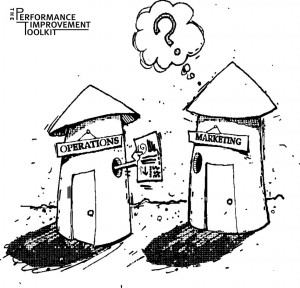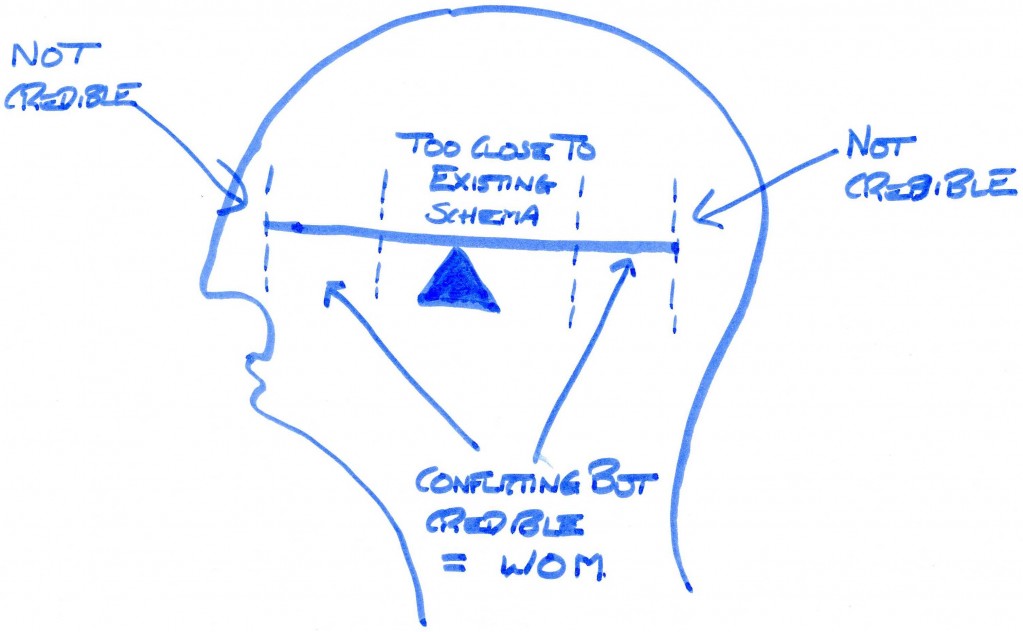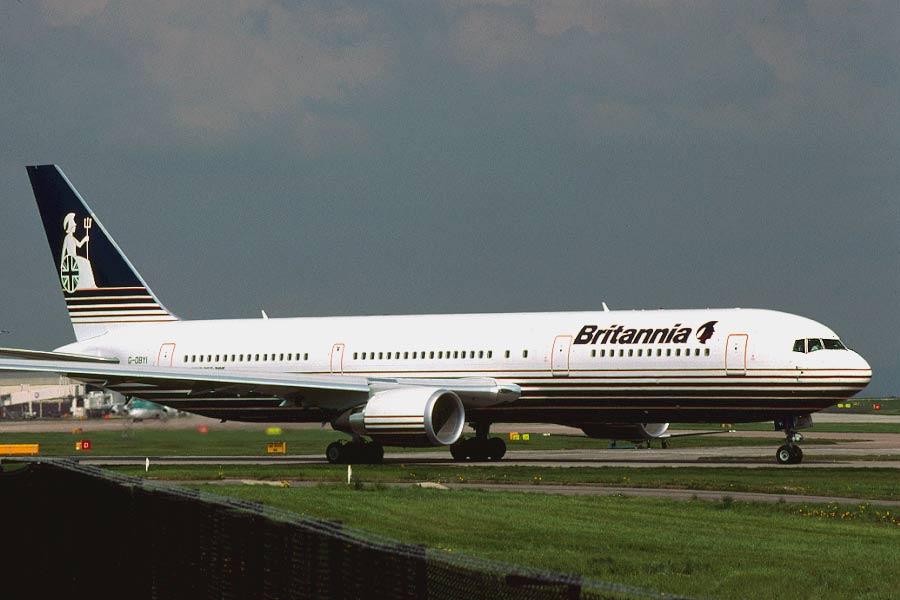Are You a Travel Marketer or Simply a Travel Promotion-er?
An old boss of mine once said to me, ‘Our job is to get the phones ringing’.
Granted, this was in the days before the internet but it does really seem to be a pretty limited ambition for a marketer, and it’s not a mantra I’ve pursued throughout my career.
Sitting in my CIM Diploma classes, I seem to remember there being 7 P’s in the service marketing mix (Product, Place, Price, Promotion, People, Process, Physical Evidence – I’m quite impressed I can still remember them!) so why should we only be interested in one – Promotion? It is a ‘marketing’ mix after all and we are marketers, not promotion-ers.
Worse still, if we hunker down in our promotion silo, we’re really onto a hiding for nothing. In the world of user review sites, blogs, Facebook, Twitter et al you can’t throw a promotional veil over a substandard offering. It just doesn’t work anymore. So if you’re doing your job properly, you’ve got to get involved in those other ‘Ps’ so that the message your delivering is consistent with what you’re offering.
 I’m not advocating megalomania here – you don’t have to control those other 6 Ps – but you do have to influence them. The best way any marketer can do that is lead a process to define the brand vision and values and then undertake an exercise to roll out those values across the company. The aim is to ensure everyone understands and internalises those values, and identifies ways in which they can deliver their part of the mix in a manner consistent with them.
I’m not advocating megalomania here – you don’t have to control those other 6 Ps – but you do have to influence them. The best way any marketer can do that is lead a process to define the brand vision and values and then undertake an exercise to roll out those values across the company. The aim is to ensure everyone understands and internalises those values, and identifies ways in which they can deliver their part of the mix in a manner consistent with them.
Whilst we’re in a more holistic mood, it struck me that perhaps we need to look at the marketing budget in a different way too. Of course, we fight tooth and nail to maintain every penny of our budgets but if the core aim of marketing budgets is to bring in customers, then perhaps we should be prepared for parts of budget to be re-allocated to other Ps.
For example, is a CRM budget best spent mailing people on a frequent basis, 95% of whom aren’t interested in your message at the time you’re delivering it, or would it make sense for elements of that budget to be spent on surprise gifts for top clients. The latter would be a better way of achieving the goal of a CRM budget – customer retention – with the added benefit of positive word of mouth.
Let’s be honest – our role as marketers is to maximise the profits of the company for the minimum investment. We need to think more holistically about the levers we pull to make that happen.


